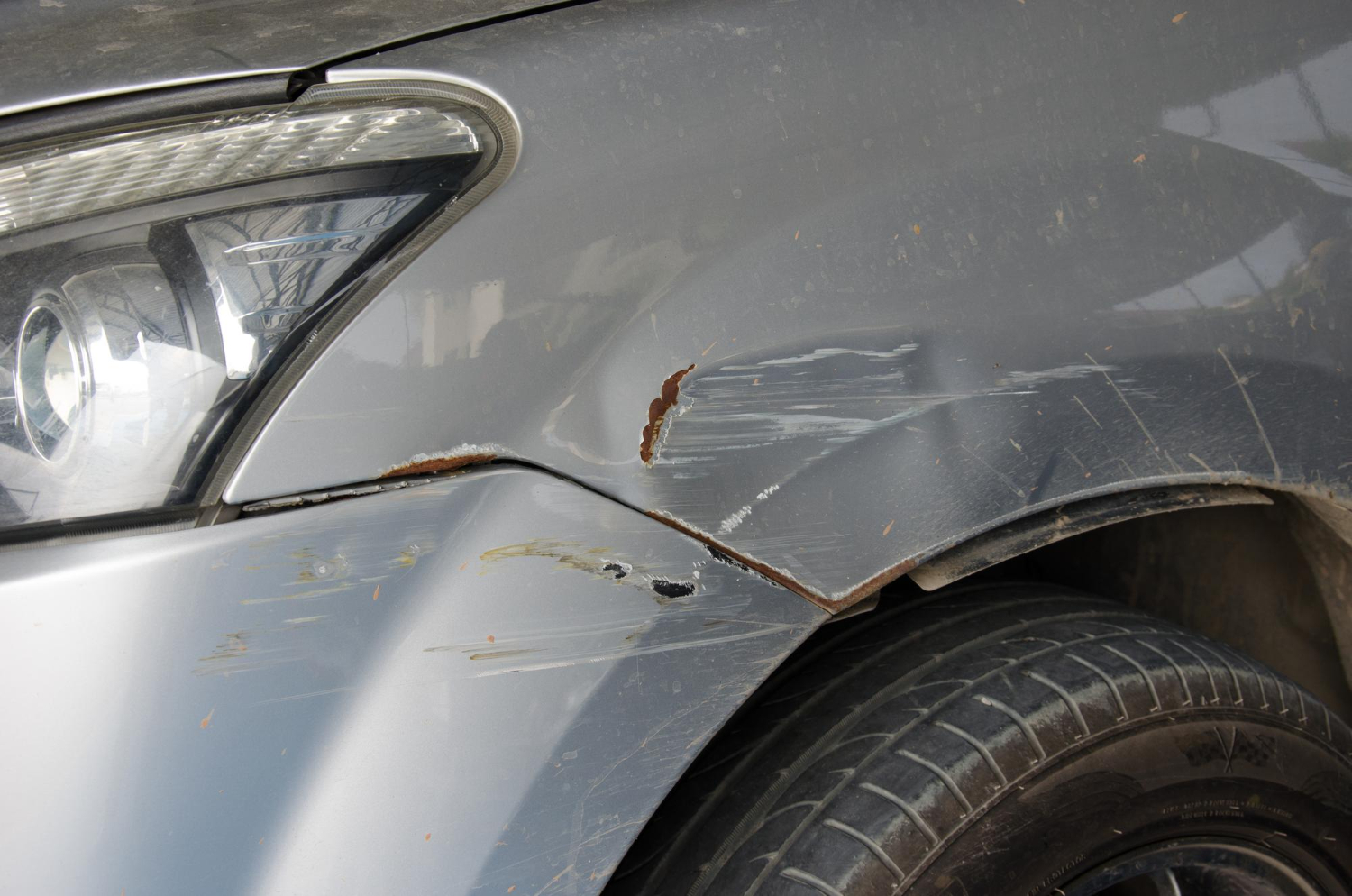Keeping your car’s paint flawless not only enhances its appearance but also protects its value over time. However, imperfections like micro-scratches and oxidation can mar your vehicle’s finish, leaving many car owners wondering about the best course of action. Understanding the difference between these issues is essential for determining the right approach to restoring your car’s paint. Below, we’ll guide you through identifying whether you’re dealing with a micro-scratch or oxidation and help you decide when it’s time to call in the professionals.
Understanding Micro-Scratches
Micro-scratches are small, surface-level imperfections in your car’s paint, and they’re often caused by common factors like improper washing techniques or abrasive materials.
What Causes Micro-Scratches?
Everyday activities such as using a harsh sponge, automatic car washes with stiff bristles, or wiping dust off your car with a dry cloth can lead to micro-scratches. These marks often occur on the clear coat layer, which is the topmost protective layer of your car’s paint.
How to Identify Micro-Scratches
Micro-scratches appear as fine lines that are most visible under direct sunlight or bright lights. They might look like spiderwebs or swirl marks, especially on darker-colored vehicles. If you feel the affected area with your fingers, it will still feel smooth, as the damage hasn’t penetrated beyond the clear coat.
What Oxidation Looks Like
Oxidation, on the other hand, is a chemical process that occurs when your car’s paint is exposed to oxygen and UV rays over time. This leads to a breakdown of the protective clear coat, resulting in a dull, chalky appearance.
Why Oxidation Worsens Over Time
Leaving oxidation untreated allows it to worsen, as sunlight and environmental factors accelerate the degradation of your car’s paint. Over time, the clear coat can erode entirely, exposing the base layer and making the paint more susceptible to permanent damage.
Visual Indicators of Oxidation
Unlike micro-scratches, oxidation isn’t just a surface-level issue. Instead of fine lines, you’ll notice areas of your car’s paint that look faded, rough, or cloudy. These sections may feel dry or textured to the touch, a clear sign of significant damage beyond the clear coat.
DIY Fixes vs. Professional Auto Paint Restoration
When it comes to fixing micro-scratches and oxidation, there are potential DIY methods available, but they may not always deliver the long-lasting results that professional restoration can offer.
Handling Micro-Scratches at Home
Minor surface scratches can sometimes be addressed with a quality polishing compound or scratch-removal product. Applying these products with a microfiber cloth and using gentle circular motions can help reduce the appearance of scratches. However, if the scratches are widespread, it’s usually more effective to seek professional auto paint repair.
Treating Oxidation Requires Expertise
While some car owners might attempt to restore oxidized paint using DIY kits or abrasives, severe oxidation often requires expert intervention. Professionals have the tools and experience to carefully buff and polish the damaged surface, sometimes even reapplying clear coats to prevent further deterioration.
How Professionals at Inland Empire Autobody & Paint Restore Damaged Surfaces
At Inland Empire Autobody & Paint, we specialize in restoring vehicles with micro-scratches and oxidation. Our skilled technicians use advanced tools and techniques to bring your car’s paint back to life.
- Micro-Scratch Repair: We carefully polish the clear coat to remove fine scratches and restore your car’s mirror-like shine without compromising the paint’s integrity.
- Oxidation Treatment: For oxidized surfaces, we go beyond polishing by addressing the deeper layers of damage. Whether it’s applying a new clear coat or using specialized treatments, we ensure your car looks as good as new.
- Proactive Paint Protection: To help prevent future scratches or oxidation, we offer paint protection services like ceramic coatings and professional waxing, giving your car’s finish the durability it deserves.
Preventing Future Paint Deterioration
The best way to keep your car’s paint looking pristine is through a combination of regular maintenance and protective measures.
- Wash your car properly using non-abrasive microfiber towels and gentle, pH-balanced car soap.
- Invest in paint protection options, such as waxes, sealants, or ceramic coatings, to shield your car’s finish from UV rays and contaminants.
- Park in shaded or covered areas whenever possible to minimize sun exposure and reduce the risk of oxidation.
- Regularly inspect your car’s surface for early signs of damage so you can address issues before they worsen.
Bring Your Car’s Paint Back to Life with Inland Empire Autobody & Paint
Whether it’s fading, peeling, or scratches, our expert team is here to restore your car’s appearance and protect its value. Visit us at either of our convenient locations in Riverside or Moreno Valley, CA, and get your free estimate today.
📞 Riverside: (951) 637-1365 | 📞 Moreno Valley: (951) 465-7350
📧 Email us at info@ieabp.com — let’s get your car looking like new again.





